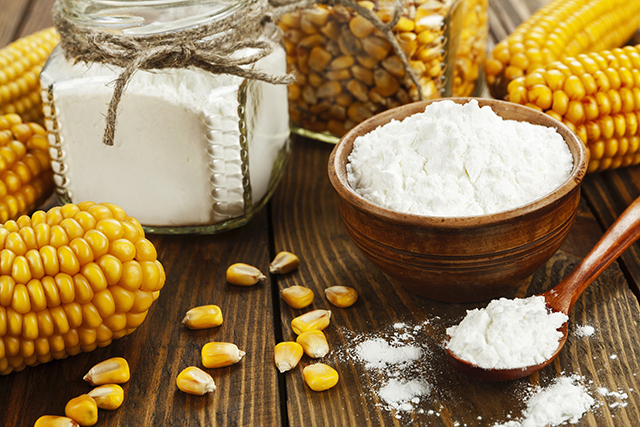Do this: Plant flowers near your crops to boost bee populations and environmental health
05/26/2016 / By usafeaturesmedia

(Homesteading.news) As homesteaders we have a dual role in life: To be fiercely self-sufficient and to ensure we leave our children a healthy, thriving planet. Did you know that planting strips of flowers along the edges of their fields, farmers can not only attract more pollinating bees but actually boost their population numbers? It’s true, according to a study conducted by researchers from the University of Sussex and published recently in the journal Molecular Ecology.
The study has major implications in a time of plummeting pollinator populations worldwide, which is placing global food production at risk. Roughly three-quarters of all human food crops depend on pollination by animals.
While much media attention has focused on falling honeybee populations, a 2013 study in the journal Science noted that the majority of food crops actually do better when pollinated by wild insects, rather than domesticated bees. Yet the populations of wild pollinators worldwide are falling even faster than those of honeybees.
Bee populations increased
In an effort to reverse declines in the population of native bumblebees, the European Union has funded various “agri-environment” programs that encourage farmers to use pollinator-friendly practices. In England, one such program (from 2005 to 2014, when the Sussex study was conducted) offered financial incentives to farmers who met rigorous criteria to qualify them for the certification of Higher Level Stewardship (HLS). These criteria included planting plots or strips of pollinator-attracting plants next to agricultural fields, in an effort to reverse trends to remove all wild plants from agricultural landscapes.
For the new study, the researchers collected two years of data on the populations of bumblebees at farms in West Sussex and Hampshire, then compared the population figures from farms with HLS programs to those without. Bee-friendly plants used at the HLS farms included common bird’s-foot trefoil (Lotus corniculatus), common knapweed (Centaurea nigra), red clover (Trifolium pratense) and alsike clover (Trifolium hybridum).
The researchers found that populations of the common bumblebee species garden bumblebee (Bombus hortorum), red-tailed bumblebee (Bombus lapidarius) and buff-tailed bumblebee (Bombus terrestris) all increased at farms with HLS practices, but not at other farms. The nesting density of the bees also increased, implying population growth.
“A consistent problem in assessing the response of bumblebees to agri-environment schemes has been that it is unclear whether a high observed abundance of bumblebees was merely an attraction of workers to sown forage patches or a genuine population level increase,” researcher Thomas Wood said. “Here we show for the first time that the management of uncropped land under Higher Level Stewardship can significantly increase the size of bumblebee populations.”
Bigger changes needed for rare species
Unfortunately, no increase was seen in the populations of rarer bees.
“The flower-rich strips on farms may be too few and too scattered in the landscape to benefit those species unable to cover larger distances,” Thomas said. “These rarer species could be helped by targeting planting on land near existing colonies and improving the plant quality of existing buffer strips and hedgerows.”
The study focused on bumblebees in part because those bees are some of the most important and the most threatened bees in the United Kingdom and across temperate regions. Of the 25 bumblebee species native to the United Kingdom, two have gone extinct and eight have dropped dramatically in numbers since 1940.
The study adds to the growing evidence that the future of sustainable agriculture lies not in intensive industrial techniques such as bee-killing neonicotinoid pesticides but in integrated practices that mix wild and cultivated habitat. The 2013 Science paper concluded that many crops actually produce far better yields when there is native habitat nearby to attract wild pollinators.
In contrast, neonicotinoid pesticides — fingered as a major factor behind global pollinator decline — have never been shown to actually increase crop yield.
Reporting by David Gutierrez, NaturalNews.com.
Sources:
http://www.sussex.ac.uk
http://onlinelibrary.wiley.com
http://www.naturalnews.com
http://www.naturalnews.com
http://www.naturalnews.com
http://truthwiki.org/GMO_Dangers,_opinion
http://truthwiki.org/Genetically_modified_cr…
Homesteading.news is part of the USA Features Media network. Check out our daily headlines here.
Tagged Under: bee pollination, crops, environment, flowers




















